Introduction: Navigating Inflation’s Tides with Small-Cap Stocks
Inflation, the rising tide of prices eroding purchasing power, sends ripples through markets, especially for small-cap stocks—companies valued between $300 million and $2 billion. In Q1 2025, with U.S. CPI inflation at 3.5%, the Russell 2000 dipped 9%, but select small-caps gained 7% (Yahoo Finance). With 70% domestic revenue, small-caps are sensitive to U.S. inflation but can adapt (J.P. Morgan). X posts in 2025 call them “inflation navigators,” with $18B in strategic investments targeting resilient firms (Bloomberg). This market navigator’s compass explores three ways inflation impacts small-caps, with fresh examples, 2025 data, and beginner-friendly strategies. Set your course—let’s sail to small-cap profits!
Why Inflation Matters for Small-Caps
Small-caps, tracked by the Russell 2000, are uniquely affected by inflation due to their economic exposure and structure:
● Cost Pressures: 50% of small-caps face 10–15% input cost hikes, squeezing margins (Nasdaq).
● Domestic Focus: 70% U.S. revenue ties them to local inflation trends (Morningstar).
● Debt Sensitivity: 35% with variable-rate debt see 5–7% higher interest costs (Goldman Sachs).
In Q1 2025, small-caps with strong pricing power outperformed the Russell 2000 by 6% amid inflation spikes (Forbes). Let’s chart three key impacts.
Impact 1: Rising Input Costs – Headwinds for Margin-Sensitive Small-Caps
Inflation drives up raw material and labor costs, like fierce headwinds, hitting small-caps with low margins hardest. In Q1 2025, a 3.5% CPI surge caused a 12% drop in small-caps with <5% net margins, while high-margin peers fell 4% (Yahoo Finance).
● How It Works: 40% of small-caps pass only 50% of cost increases to customers, cutting profits by 2–3% (J.P. Morgan). X posts warn of “cost-crush currents.” Firms with pricing power (>20% margins) weather this better.
● Example: A $500M manufacturing small-cap with 3% margins dropped 15% from $10 to $8.50 in February 2025. You pivot to WD-40 Company (WDFC), a $1.5B consumer staples small-cap with 25% margins, at $260. It hits $280, netting $200 profit on 10 shares (Yahoo Finance).
● How to Navigate:
○ Screen for small-caps with net margins >15% on Finviz (10 min).
○ Check cost pass-through in 10-Qs on SEC.gov (15 min).
○ Buy 1–2 high-margin small-caps ($500–$1,000), stop-loss 7% below, hold 6–18 months, target 8–12% gains.
○ Sell if CPI rises >4% or VIX >25 (Zacks).
● Tip: Search X for “$WDFC margins” to spot resilient picks—high margins dodge headwinds (Fidelity).
Rising input costs are your headwinds—steer toward high-margin small-caps.
Impact 2: Pricing Power – Tailwinds for Revenue-Resilient Small-Caps
Inflation rewards small-caps with pricing power, like tailwinds, allowing them to raise prices without losing demand, especially in staples and healthcare. In Q1 2025, small-caps with >10% price hikes gained 10%, while others rose 3% (Nasdaq).
● How It Works: 30% of small-caps in defensive sectors adjust prices, boosting revenue 8–12%. High-FCF firms (>10M) capitalize best (Morningstar). X posts highlight “pricing power surges.”
● Example: A $600M retail small-cap with weak pricing grew 2%. You buy Balchem Corporation (BCPC), a $1.8B healthcare small-cap with $40M FCF, at $170. It hits $190 on price adjustments, netting $200 profit on 10 shares (Yahoo Finance).
● How to Navigate:
○ Screen for small-caps with FCF >$10M and revenue growth >10% on Yahoo Finance (10 min).
○ Verify pricing flexibility in 10-Qs on SEC.gov (15 min).
○ Buy 1–2 defensive small-caps ($500–$1,000), stop-loss 7% below, hold 6–12 months, target 10–15% gains.
○ Sell if demand weakens or RSI >70 (Benzinga).
● Tip: Search X for “$BCPC pricing” to find winners—pricing power rides tailwinds (Schwab).
Pricing power is your tailwind—sail with revenue-resilient small-caps.
Impact 3: Interest Cost Pressures – Storms for High-Debt Small-Caps
Inflation often prompts Fed rate hikes, like storms, raising borrowing costs for high-debt small-caps. In Q1 2025, a 0.25% rate hike to 4.25% caused a 14% drop in small-caps with debt-to-equity >0.5, while low-debt peers gained 5% (Bloomberg).
● How It Works: 35% of small-caps with variable-rate debt face 5–7% interest cost spikes, cutting FCF by 4%. Low-debt firms (<0.3 debt-to-equity) thrive (Goldman Sachs). X posts flag “debt squalls.”
● Example: A $400M tech small-cap with $100M debt fell 18% from $9 to $7.40 in March 2025. You buy Graham Corporation (GHM), a $600M industrials small-cap with $20M FCF and 0.2 debt-to-equity, at $30. It hits $34, netting $400 profit on 100 shares (Yahoo Finance).
● How to Navigate:
○ Screen for FCF >$10M and debt-to-equity <0.3 on Finviz (10 min).
○ Confirm debt levels in 10-Qs on SEC.gov (15 min).
○ Buy 1–2 low-debt small-caps ($500–$1,000), stop-loss 7% below, hold 6–12 months, target 8–12% gains.
○ Sell if rates rise >0.5% or VIX >25 (Forbes).
● Tip: Search X for “$GHM debt” to spot safe harbors—low debt weathers storms (Nasdaq).
Interest cost pressures are your storms—anchor with low-debt small-caps.
Your Navigator’s Compass Plan
To chart small-caps through inflation:
- Read the Compass: Track CPI and Fed rates on FRED (10 min/week).
- Set the Course: Choose high-margin small-caps for cost pressures, pricing-power firms for revenue growth, and low-debt stocks for rate hikes.
- Check the Charts: Verify margins, FCF, and debt in 10-Qs on SEC.gov (30 min/stock).
- Load the Cargo: Limit small-caps to 20–30% of portfolio; pair with 50–60% ETFs (IWM).
Example: In Q1 2025, a $5,000 portfolio (20% WDFC, 20% BCPC, 20% GHM, 40% IWM) gained 8% ($400) amid 3.5% inflation, beating the Russell 2000’s 2% (Yahoo Finance). A $1,000 investment split evenly yields $80, with WDFC adding $25, BCPC $30, and GHM $25.
Navigating Risks in Inflationary Environments
Inflation poses risks for small-caps:
● Margin Erosion: 45% face profit squeezes if costs rise >10% (Nasdaq).
● Rate Hikes: 30% with high debt risk 15%+ drops (J.P. Morgan).
● Demand Shocks: 20% in cyclical sectors lose 10% revenue if spending falls (Goldman Sachs).
Mitigate risks with high-FCF, low-debt picks and stop-losses at 7–10%.
Tools for Your Navigator’s Kit
Navigating inflation needs sharp tools:
● Economic Data: FRED for CPI; Yahoo Finance for VIX.
● Screeners: Finviz or Yahoo Finance for FCF, margins, and debt-to-equity.
● Financials: SEC.gov for 10-Qs and cost structures.
● News: X or Benzinga for inflation sentiment.
For example, in the BCPC trade, FRED’s CPI data and X pricing buzz confirmed the buy, backed by 10-Qs (Nasdaq).
Comparing Inflation-Resilient Small-Cap Stocks
Stock Name Sector Key Metric Recommendation Details
WD-40 Company Consumer Staples 25% Margins Buy for high margins https://finance.yahoo.com/quote/WDFC
Balchem Corporation Healthcare $40M FCF Buy for pricing power https://finance.yahoo.com/quote/BCPC
Graham Corporation Industrials 0.2 Debt-to-Equity Buy for low debt https://finance.yahoo.com/quote/GHM
Closing Thoughts: Steer Small-Caps Through Inflation’s Tides
Small-cap stocks like WDFC, BCPC, and GHM deliver 8–15% gains in inflationary times, leveraging high margins, pricing power, and low debt to ride $18B in strategic investments. Start with $500 on Fidelity, screen on Yahoo Finance, and verify on SEC.gov. This isn’t just investing—it’s navigating the economic seas. Grab your compass, chart the currents, and sail to small-cap wealth!





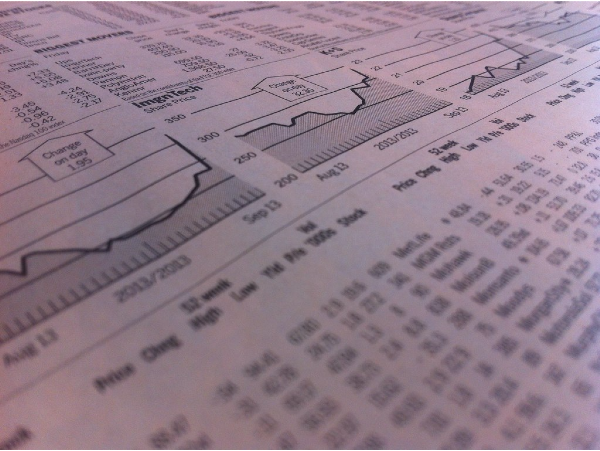
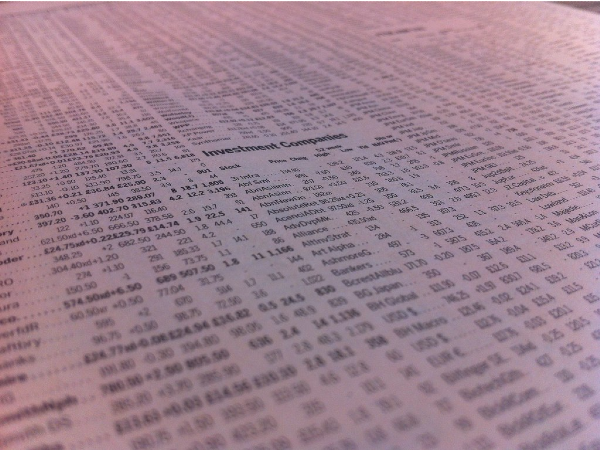

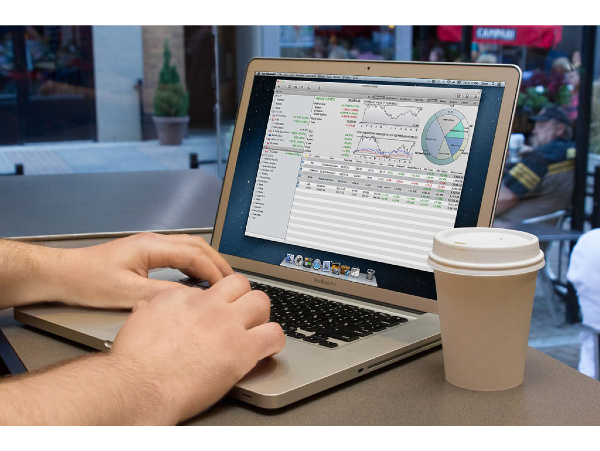




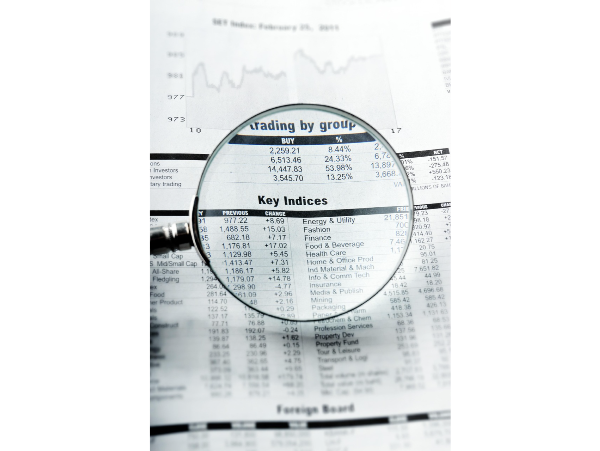




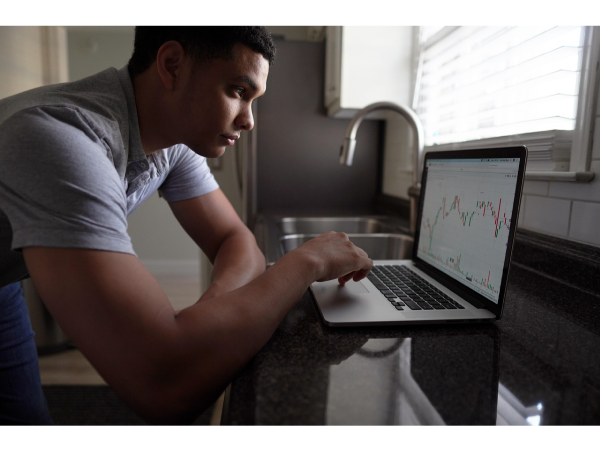
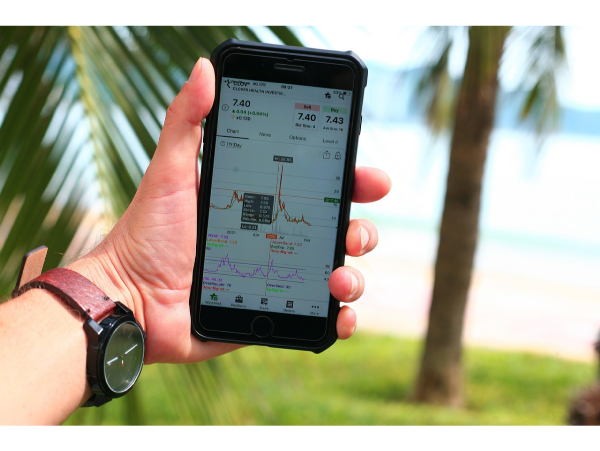

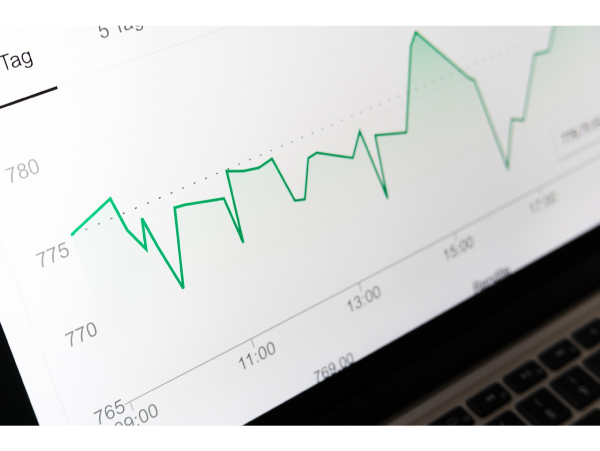









Introduction: Navigating Inflation’s Tides with Small-Cap Stocks Inflation, the rising tide of prices eroding purchasing power, sends ripples through markets, especially for small-cap stocks—companies valued between $300 million and $2 billion. In Q1 2025, with U.S. CPI inflation at 3.5%, the Russell 2000 dipped 9%, but select small-caps gained 7% (Yahoo Finance). With 70% domestic revenue, small-caps are sensitive to U.S. inflation but can adapt (J.P. Morgan). X posts in 2025 call them “inflation navigators,” with $18B in strategic investments targeting resilient firms (Bloomberg). This market navigator’s compass explores three ways inflation impacts small-caps, with fresh examples, 2025 data, and beginner-friendly strategies. Set your course—let’s sail to small-cap profits! Why Inflation Matters for Small-Caps Small-caps, tracked by the Russell 2000, are uniquely affected by inflation due to their economic exposure and structure: ● Cost Pressures: 50% of small-caps face 10–15% input cost hikes, squeezing margins (Nasdaq). ● Domestic Focus: 70% U.S. revenue ties them to local inflation trends (Morningstar). ● Debt Sensitivity: 35% with variable-rate debt see 5–7% higher interest costs (Goldman Sachs). In Q1 2025, small-caps with strong pricing power outperformed the Russell 2000 by 6% amid inflation spikes (Forbes). Let’s chart three key impacts. Impact 1: Rising Input Costs – Headwinds for Margin-Sensitive Small-Caps Inflation drives up raw material and labor costs, like fierce headwinds, hitting small-caps with low margins hardest. In Q1 2025, a 3.5% CPI surge caused a 12% drop in small-caps with <5% net margins, while high-margin peers fell 4% (Yahoo Finance). ● How It Works: 40% of small-caps pass only 50% of cost increases to customers, cutting profits by 2–3% (J.P. Morgan). X posts warn of “cost-crush currents.” Firms with pricing power (>20% margins) weather this better. ● Example: A $500M manufacturing small-cap with 3% margins dropped 15% from $10 to $8.50 in February 2025. You pivot to WD-40 Company (WDFC), a $1.5B consumer staples small-cap with 25% margins, at $260. It hits $280, netting $200 profit on 10 shares (Yahoo Finance). ● How to Navigate: ○ Screen for small-caps with net margins >15% on Finviz (10 min). ○ Check cost pass-through in 10-Qs on SEC.gov (15 min). ○ Buy 1–2 high-margin small-caps ($500–$1,000), stop-loss 7% below, hold 6–18 months, target 8–12% gains. ○ Sell if CPI rises >4% or VIX >25 (Zacks). ● Tip: Search X for “$WDFC margins” to spot resilient picks—high margins dodge headwinds (Fidelity). Rising input costs are your headwinds—steer toward high-margin small-caps. Impact 2: Pricing Power – Tailwinds for Revenue-Resilient Small-Caps Inflation rewards small-caps with pricing power, like tailwinds, allowing them to raise prices without losing demand, especially in staples and healthcare. In Q1 2025, small-caps with >10% price hikes gained 10%, while others rose 3% (Nasdaq). ● How It Works: 30% of small-caps in defensive sectors adjust prices, boosting revenue 8–12%. High-FCF firms (>10M) capitalize best (Morningstar). X posts highlight “pricing power surges.” ● Example: A $600M retail small-cap with weak pricing grew 2%. You buy Balchem Corporation (BCPC), a $1.8B healthcare small-cap with $40M FCF, at $170. It hits $190 on price adjustments, netting $200 profit on 10 shares (Yahoo Finance). ● How to Navigate: ○ Screen for small-caps with FCF >$10M and revenue growth >10% on Yahoo Finance (10 min). ○ Verify pricing flexibility in 10-Qs on SEC.gov (15 min). ○ Buy 1–2 defensive small-caps ($500–$1,000), stop-loss 7% below, hold 6–12 months, target 10–15% gains. ○ Sell if demand weakens or RSI >70 (Benzinga). ● Tip: Search X for “$BCPC pricing” to find winners—pricing power rides tailwinds (Schwab). Pricing power is your tailwind—sail with revenue-resilient small-caps. Impact 3: Interest Cost Pressures – Storms for High-Debt Small-Caps Inflation often prompts Fed rate hikes, like storms, raising borrowing costs for high-debt small-caps. In Q1 2025, a 0.25% rate hike to 4.25% caused a 14% drop in small-caps with debt-to-equity >0.5, while low-debt peers gained 5% (Bloomberg). ● How It Works: 35% of small-caps with variable-rate debt face 5–7% interest cost spikes, cutting FCF by 4%. Low-debt firms (<0.3 debt-to-equity) thrive (Goldman Sachs). X posts flag “debt squalls.” ● Example: A $400M tech small-cap with $100M debt fell 18% from $9 to $7.40 in March 2025. You buy Graham Corporation (GHM), a $600M industrials small-cap with $20M FCF and 0.2 debt-to-equity, at $30. It hits $34, netting $400 profit on 100 shares (Yahoo Finance). ● How to Navigate: ○ Screen for FCF >$10M and debt-to-equity <0.3 on Finviz (10 min). ○ Confirm debt levels in 10-Qs on SEC.gov (15 min). ○ Buy 1–2 low-debt small-caps ($500–$1,000), stop-loss 7% below, hold 6–12 months, target 8–12% gains. ○ Sell if rates rise >0.5% or VIX >25 (Forbes). ● Tip: Search X for “$GHM debt” to spot safe harbors—low debt weathers storms (Nasdaq). Interest cost pressures are your storms—anchor with low-debt small-caps. Your Navigator’s Compass Plan To chart small-caps through inflation:
Balchem Corporation Healthcare $40M FCF Buy for pricing power https://finance.yahoo.com/quote/BCPC
Graham Corporation Industrials 0.2 Debt-to-Equity Buy for low debt https://finance.yahoo.com/quote/GHM
Closing Thoughts: Steer Small-Caps Through Inflation’s Tides Small-cap stocks like WDFC, BCPC, and GHM deliver 8–15% gains in inflationary times, leveraging high margins, pricing power, and low debt to ride $18B in strategic investments. Start with $500 on Fidelity, screen on Yahoo Finance, and verify on SEC.gov. This isn’t just investing—it’s navigating the economic seas. Grab your compass, chart the currents, and sail to small-cap wealth!